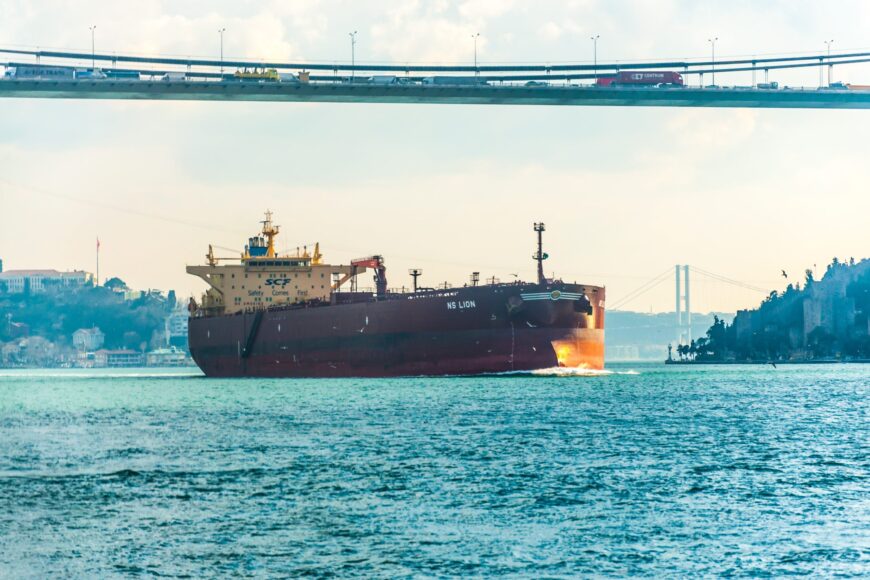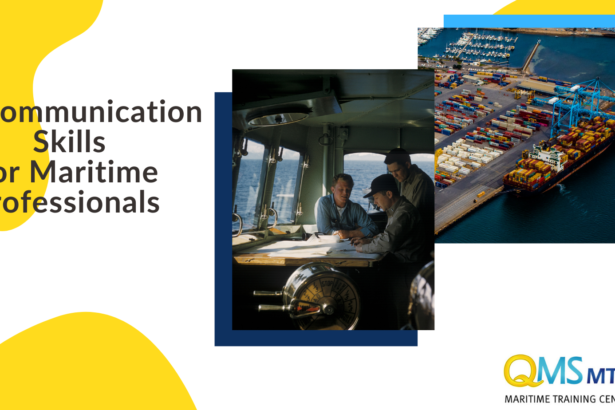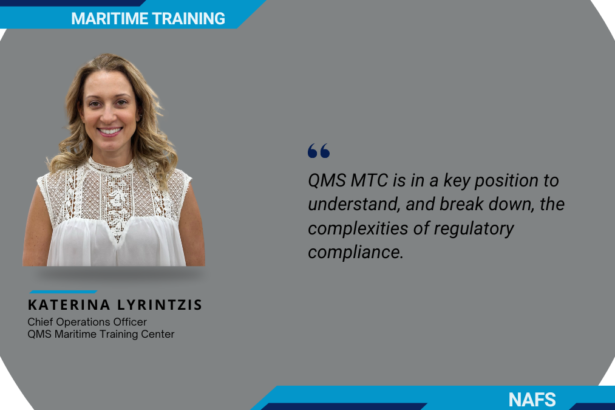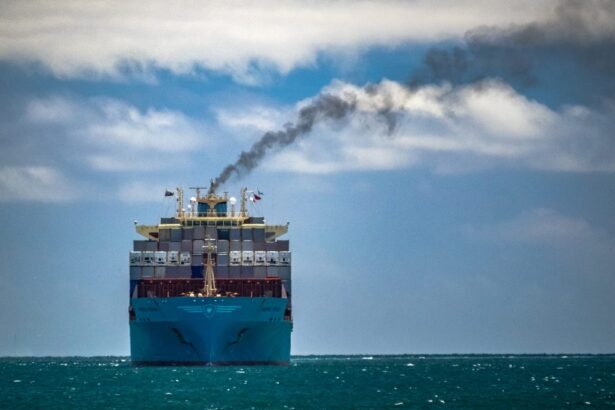Navigating close to the coast is one of the most dangerous things for a bridge officer. This is because these areas usually have increased marine traffic which often consists of fishing boats, sailing boats, yachts, etc.
Apart from the sea traffic, when we navigate near the coast we encounter islands, reefs or shallow waters which require special attention and responsibility. We should follow the voyage plan, but we should also check it for any oversights or mistakes.
What should an officer of the bridge be aware of?
1)Compliance with local maritime traffic regulations.
They should strictly follow the local regulations of the sea area they are crossing, keep a close eye on the sea markings and follow the instructions of the coastguard at any time!
In case of an emergency, they should do everything to avoid an accident.
Seafarers need to be aware of the exact characteristics of the ship (for example, the turning circle and the distance until it stops completely, both in laden and ballast conditions).
They must also be in full knowledge of the characteristics and limitations of all electronic aids and duties during watch.
2)Follow the written or verbal instructions of the Captain.
The Captain ,due to his experience knows exactly what to look out for ,so he should be present when it is necessary.
3)Use the appropriate maps.
The choice of the appropriate map scale is the most important part of a safe navigation.
Safe navigation is navigation with charts of the largest scale available!
Smaller scale charts are dangerous and lacking in maritime risk information.
4)Currents and tides.
It is very important to know the area’s currents and tides. For example, when crossing the English channel the currents change direction and intensity depending on the tide.
This happens on a daily basis and changes constantly and every hour.
5)Identification of lighthouses, etc.
It is important to identify the beacons and the objects on land and anything else that confirms their position.
In some cases, experienced seafarers with the combination of all the means at their disposal they can confirm that they are on the right course without looking through the radar.
6)Ship’s draught and depth of the sea.
The depths in the area along with the ship’s draught is one of the most important things to look out for.
If a captain is aware of them , he can easily change course safely.
7)Attention to the VHF.
It is important to closely monitor the announcements made by the VHF, whether they come from a station land-based or from another vessel.
Announcements may relate to any shipping risk or obstacle the ship may encounter.

VHF radio marine portable
8)Electronic map (ECDIS).
It is important to have in mind that electronic maps do have errors!
So when we use them we cannot rest assured for them not showing up errors.
In this case bridge officers must always be on alert!
9)Rudder control.
The use of manual steering is mandatory in cases where small depths and sea currents affect vessel’s maneuver.
10)Provision.
When an officer has a shift on the bridge there should be provision.
He should be able to come up with alternative plans that will ensure the safety of the ship and crew.
For example, being on a collision course with another ship, he should have considered the scenario of that ship not turning, in order to avoid the collision.
All shifts should be done with care, but shifts near coasts where there is increased traffic, are in need of even more care and responsibility from the officer in charge.
In case the officer notices something weird, he should immediately call the master.





